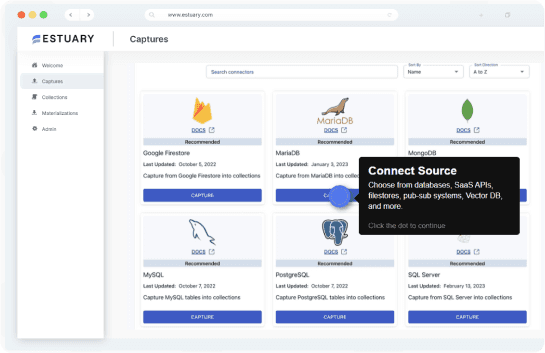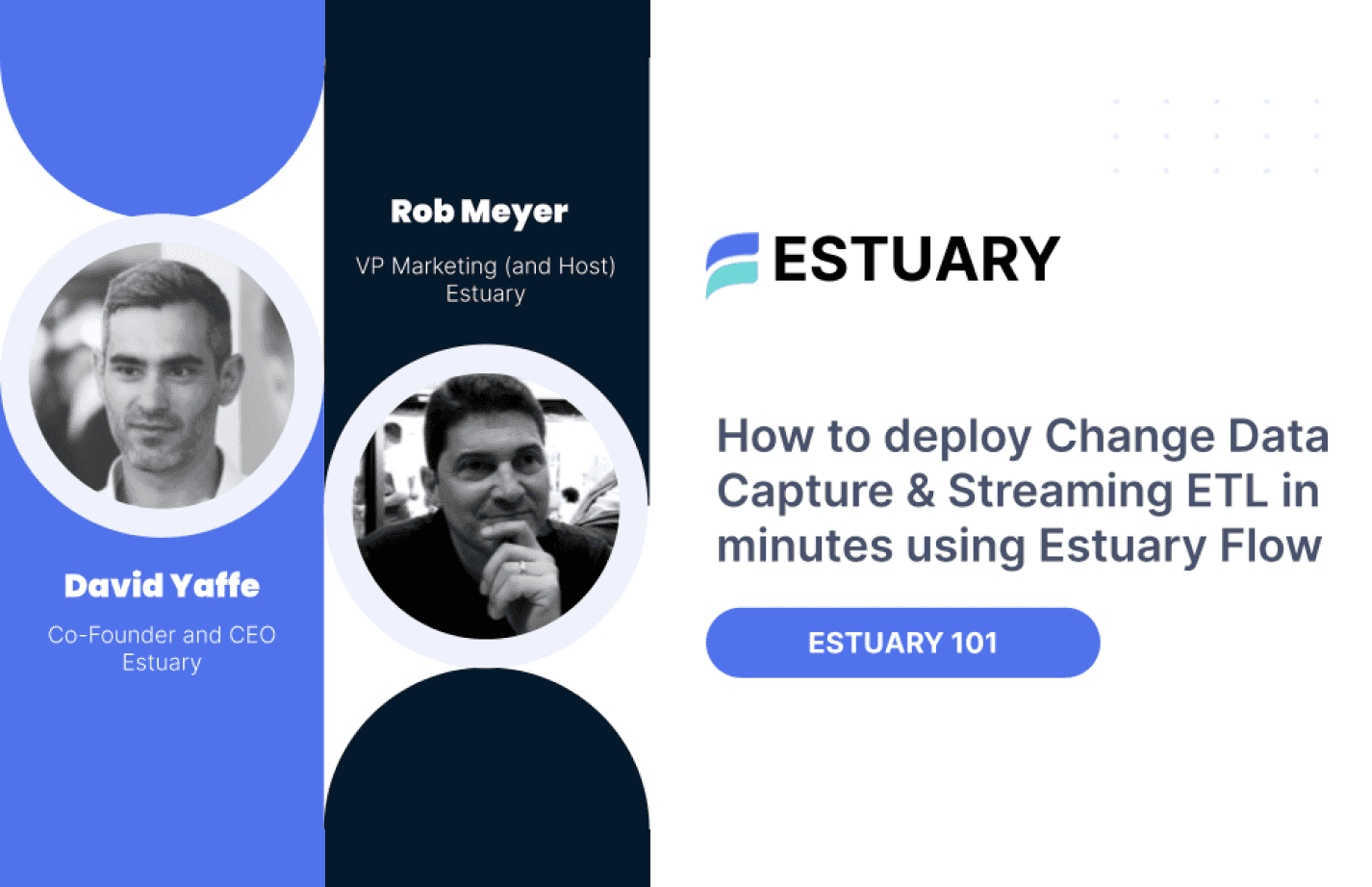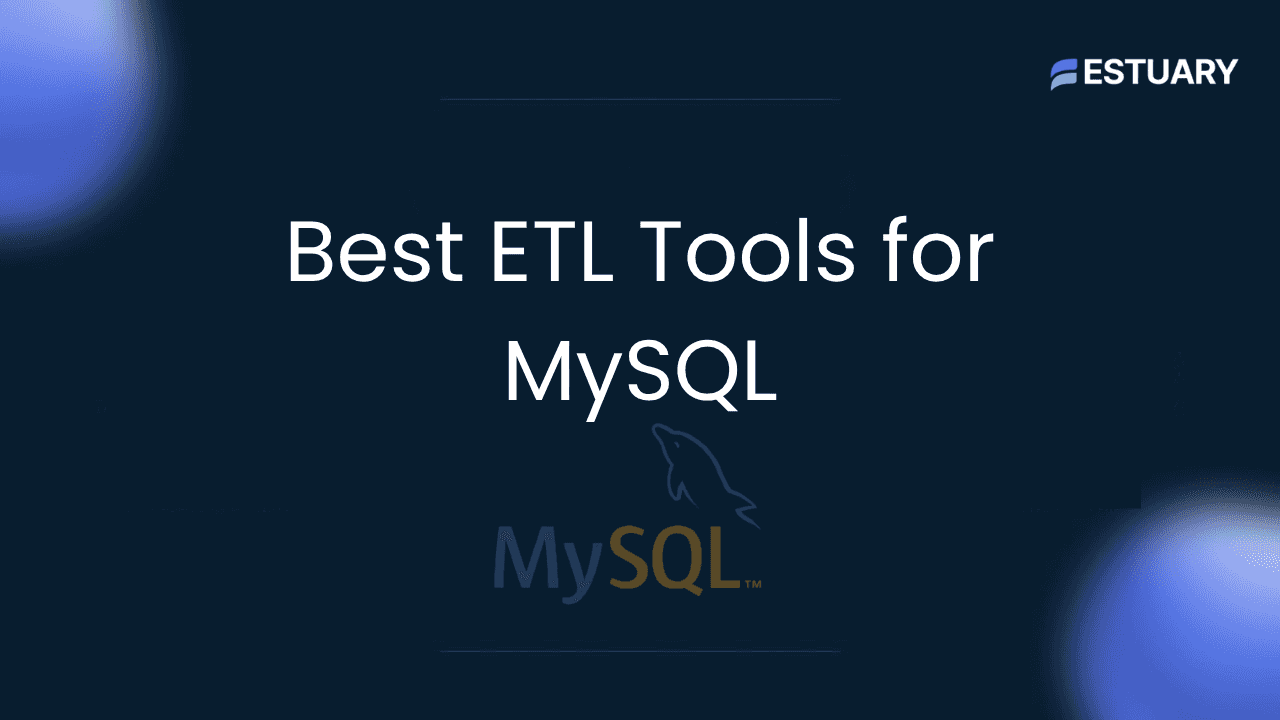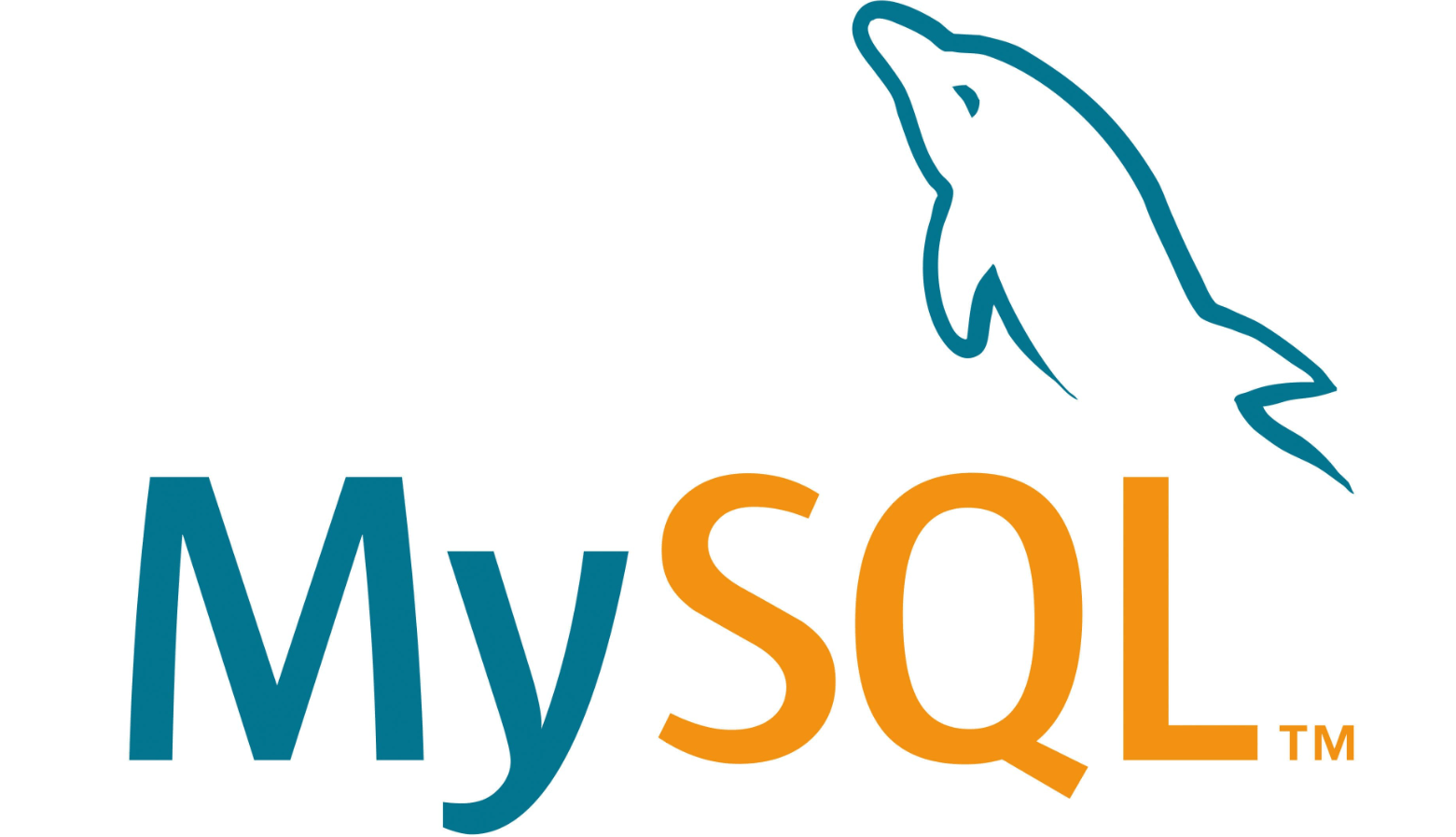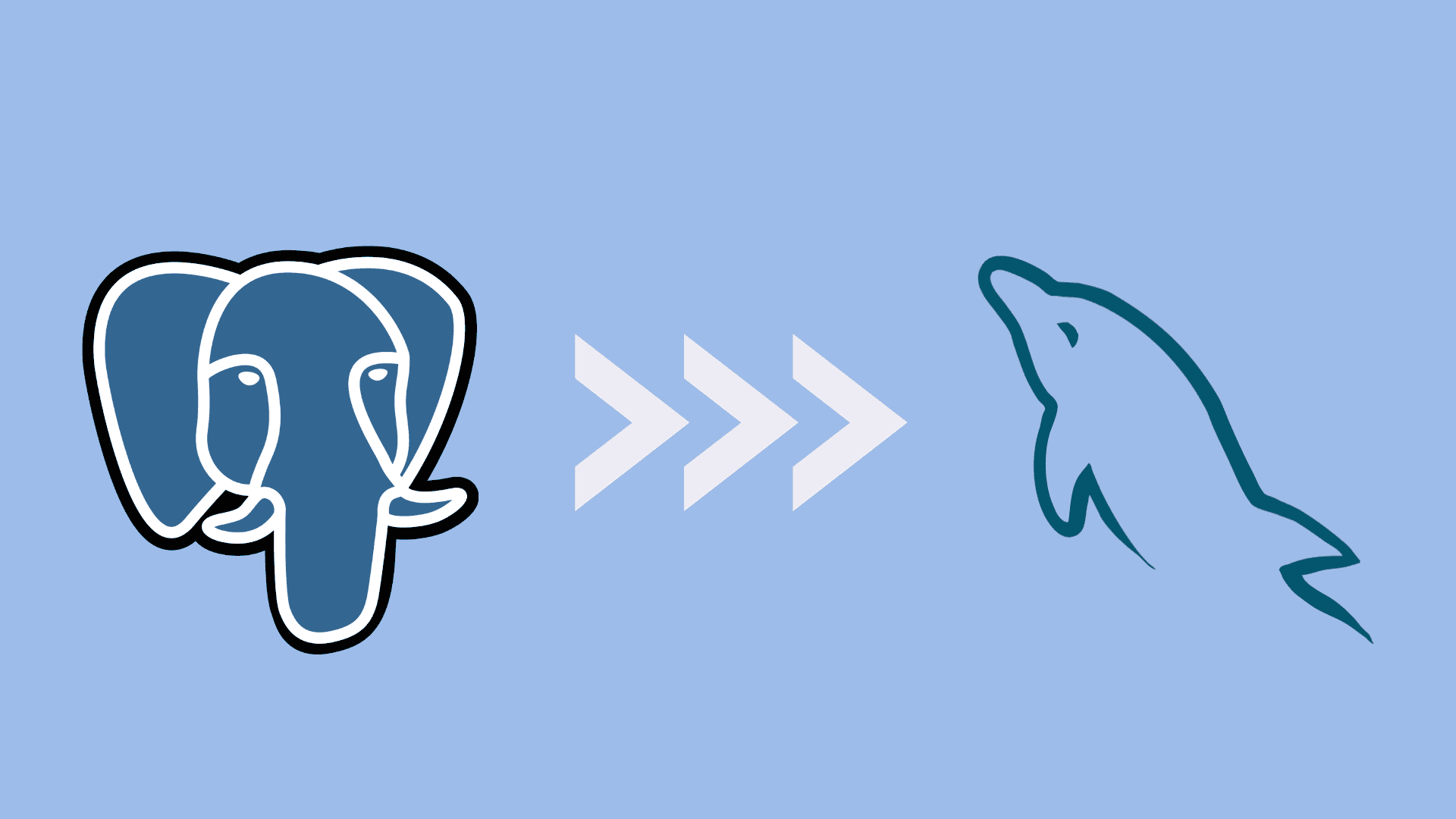
MySQL is one of the most popular relational databases, powering everything from e-commerce platforms to SaaS applications. While it excels at transaction processing, most teams eventually need to move MySQL data into analytics platforms, data warehouses, or other operational systems to unlock deeper insights and automation.
That’s where ETL tools for MySQL come in. These solutions let you extract data from MySQL, transform it into the right format, and load it into destinations like Snowflake, BigQuery, Databricks, or PostgreSQL. Whether you’re building real-time dashboards, powering AI models, or centralizing data for compliance, a reliable MySQL ETL pipeline is critical.
In this article, we’ll review the best ETL tools for MySQL in 2025 — including Estuary, Fivetran, Informatica, Talend, and Skyvia. Each tool offers a different mix of performance, ease of use, and enterprise readiness, helping you choose the right fit for your use case.
Why ETL Tools Are Critical for MySQL
MySQL is often the source of business-critical data, but by itself it has limits when it comes to analytics and integration. Its built-in replication and export options work for basic use cases, yet they struggle as data volume grows or when teams need to integrate with modern cloud platforms.
ETL tools extend MySQL by making it easier to:
- Build real-time analytics pipelines: Stream MySQL data into warehouses like Snowflake or BigQuery to analyze customer behavior, transactions, or inventory in near real time.
- Support AI and machine learning workflows: Feed fresh data into Databricks or similar platforms for churn prediction, fraud detection, or recommendation models.
- Simplify compliance and governance: Apply consistent transformations, schema enforcement, and auditing before data reaches its destination.
- Enable cross-platform integration: Move MySQL data into SaaS applications, other databases, or reverse ETL pipelines for operational use.
In short, ETL tools unlock MySQL data for modern analytics and AI while reducing the engineering burden of building and maintaining fragile, custom pipelines.
Best ETL Tools for MySQL Integration
MySQL remains one of the most widely used databases, and moving its data efficiently into modern warehouses or other systems is critical for analytics and operations. Today’s ETL tools vary in how they handle real-time vs batch sync, source vs destination support, and enterprise features like security and governance.
Below is a comparison of the leading MySQL ETL tools in 2025, including Estuary Flow, Fivetran, Informatica, Talend, and Skyvia.
1. Estuary
Estuary is the Right-Time Data Platform that unifies batch and streaming pipelines, giving teams precise control over when data moves — whether sub-second, near real-time, or scheduled. For MySQL users, Estuary simplifies how data is captured, transformed, and delivered across your ecosystem with enterprise-grade reliability.
Unlike traditional ETL tools that rely on periodic batch jobs, Estuary continuously streams changes from MySQL using Change Data Capture (CDC) through the MySQL binary log. This ensures exactly-once delivery, low latency, and a single source of truth across all connected systems.
Estuary’s MySQL connector supports both self-hosted and managed instances, including Amazon RDS, Amazon Aurora, Google Cloud SQL, and Azure Database for MySQL. It automatically handles initial backfills, ongoing CDC, schema evolution, and secure networking through options like VPC peering, PrivateLink, and SSH tunneling. MySQL can be configured as either a source or a destination, making Estuary ideal for two-way syncs or multi-system data orchestration.
Key strengths include:
- Right-Time CDC: Capture MySQL inserts, updates, and deletes instantly with exactly-once consistency.
- Unified data movement: Combine real-time streams and batch backfills in a single, declarative pipeline.
- Source + Destination: Use MySQL as both an origin or a target for seamless bidirectional syncs.
- Broad ecosystem support: Connect to Snowflake, BigQuery, Databricks, ClickHouse, PostgreSQL, and more.
- Enterprise reliability: Deploy in Private Cloud or Bring Your Own Cloud (BYOC) environments with full network isolation and predictable cost.
- Schema enforcement and evolution: Automatically detect, validate, and adapt to schema changes without breaking pipelines.
- Read replica support: Capture from MySQL read replicas to minimize production database load.
Estuary uses a transparent, volume-based pricing model with a free tier, avoiding the unpredictable costs of row-based or MAR-based billing. This predictability makes it easier for teams to scale MySQL pipelines without budget surprises.
With Estuary, organizations can unlock the full value of their MySQL data by streaming it to analytics platforms, AI workloads, and operational systems — all from a single, dependable platform built for the modern data era.
👉 Try Estuary and experience right-time MySQL data movement across your stack.
2. Fivetran
Fivetran is a fully managed ETL/ELT platform with strong support for MySQL as both a source and a destination. It minimizes engineering work by automating schema evolution, monitoring, and reliability.
The connector supports MySQL 5.5–8.4 across major services like Amazon RDS, Aurora (v1, v2, Serverless), Azure Database for MySQL, Google Cloud SQL, and Generic MySQL. It works with both primary instances and read replicas for flexible sync options.
Key strengths include:
- CDC with binlog replication: Fivetran captures inserts, updates, and deletes using MySQL’s binary log for accurate incremental syncs.
- Teleport Sync option: Proprietary incremental sync method available when binlog access is not possible, though it has row and table limits.
- Automatic schema evolution: Adjusts to changes like new fields or updated types without breaking pipelines.
- Enterprise security: Supports private networking via AWS PrivateLink, Azure Private Link, and proxy agents for secure deployments.
- System metadata: Adds _fivetran_deleted, _fivetran_synced, and _fivetran_id columns for tracking row state and sync history.
Considerations: While Fivetran is reliable, it remains batch-first rather than streaming, so real-time use cases may face latency. The Monthly Active Rows (MAR)-based pricing can also become expensive at scale, especially for high-volume MySQL workloads.
3. Informatica
Informatica is an enterprise-grade data integration platform that offers deep support for MySQL through its Informatica Intelligent Cloud Services (IICS). It is widely used by large organizations that need robust governance, compliance, and complex transformation capabilities.
Informatica’s MySQL connector allows you to use MySQL as both a source and a target, supporting cloud-hosted and on-premises databases. It integrates with MySQL via JDBC and ODBC drivers, enabling batch and incremental data extraction, transformation, and loading into destinations such as cloud data warehouses or analytics platforms.
Key strengths include:
- Wide compatibility: Supports MySQL across self-hosted and managed cloud platforms (AWS, Azure, GCP).
- Advanced transformations: Built-in data quality, cleansing, and enrichment tools.
- Enterprise features: Strong security, data governance, and compliance capabilities.
- Flexible deployment: Available in the cloud, on-premises, or hybrid environments.
- Integration breadth: Works with hundreds of enterprise systems beyond MySQL.
Considerations: Informatica is often more complex to set up and manage compared to SaaS-first tools. It requires configuration of Secure Agents for MySQL connectivity and comes with higher licensing costs, making it best suited for enterprises with advanced compliance needs.
4. Talend
Talend is a versatile data integration and transformation platform that provides strong support for MySQL. It offers both Talend Open Studio (open-source) and Talend Data Fabric (enterprise edition), giving teams flexibility based on budget and requirements.
Talend’s MySQL connectors allow you to use MySQL as a source or destination, supporting batch ingestion, incremental loads, and complex transformations. It integrates with popular cloud warehouses like Snowflake, BigQuery, and Redshift, as well as on-premises systems.
Key strengths include:
- Pre-built MySQL connectors: Easy connectivity for both standard and custom MySQL databases.
- Scalable ETL: Handles large datasets efficiently using bulk loading and incremental syncs.
- Advanced transformations: Rich ETL toolkit with data quality, cleansing, and governance features.
- Hybrid deployments: Available as open-source, enterprise SaaS, or self-managed.
- Ecosystem integration: Connects MySQL with a wide range of SaaS apps, APIs, and databases.
Considerations: Talend requires more engineering involvement than no-code platforms like Fivetran or Skyvia. Its enterprise edition offers powerful governance features but comes with higher licensing costs.
5. Skyvia
Skyvia is a cloud-based, no-code data integration platform that makes it easy to connect MySQL with data warehouses, SaaS applications, and analytics tools. It supports ETL, ELT, and Reverse ETL, making it a flexible option for both technical and non-technical users.
With Skyvia, MySQL can be used as both a source and a destination, enabling one-way or bi-directional syncs. It works entirely in the cloud, so no installation or infrastructure management is required.
Key strengths include:
- No-code interface: Build integrations visually without writing code.
- Versatile data flows: Supports ETL, ELT, and Reverse ETL for sending enriched data back into MySQL.
- Cloud-native: 100% SaaS solution with no local setup.
- Affordable pricing: Tiered plans that scale from SMBs to enterprise needs.
- Broad integration support: Connects MySQL with CRMs like Salesforce, marketing platforms like HubSpot, and warehouses like Snowflake or BigQuery.
Considerations: While Skyvia is great for simplicity and cost-effectiveness, it may not handle very large enterprise workloads as efficiently as platforms like Estuary Flow or Informatica.
MySQL ETL Tools Comparison
Tool | Security & Deployment | Real-Time Support | Transformation Capabilities | Destinations Supported |
| Estuary | Private Cloud & BYOC, VPC Peering, PrivateLink, SSH tunneling | Right-time CDC from MySQL binlog with exactly-once delivery | Schema enforcement, SQL & TypeScript transforms, unified batch + streaming | Snowflake, BigQuery, Databricks, PostgreSQL, ClickHouse, MySQL, and more |
| Fivetran | Enterprise options incl. PrivateLink, mTLS | Primarily batch (periodic syncs) | Automatic schema evolution | Snowflake, BigQuery, Redshift, Databricks, etc. |
| Informatica | Strong governance, compliance-ready | Event-driven options (PushTopics, CDC) but complex | Advanced enterprise transformations | Hundreds of systems |
| Talend | Cloud & hybrid deployment options | Supports CDC with more setup | Strong ETL, data quality, governance | Warehouses, SaaS apps, APIs, on-prem databases |
| Skyvia | Cloud-based SaaS, simple setup | Limited real-time, mostly scheduled syncs | Basic transformations | CRMs, SaaS, warehouses |
Still exploring? Join our Slack community to connect with engineers solving similar MySQL data challenges.
Key Takeaways
- Estuary is the Right-Time Data Platform that unifies real-time CDC and batch backfills for MySQL, giving teams full control over when data moves — sub-second, near real-time, or scheduled.
- It supports MySQL as both a source and destination, enabling two-way syncs across modern data stacks like Snowflake, BigQuery, Databricks, ClickHouse, and PostgreSQL.
- Estuary delivers exactly-once reliability, enterprise-grade security, and predictable pricing through Private Cloud and BYOC deployment options.
- Fivetran offers strong managed batch ETL for MySQL but lacks continuous streaming and has unpredictable MAR-based pricing at scale.
- Informatica is ideal for large enterprises needing advanced governance and compliance, though it’s complex to configure and maintain.
- Talend provides powerful transformations and hybrid deployments but requires more manual setup for CDC.
- Skyvia is a simple, cloud-based option for basic MySQL syncs but not designed for enterprise-scale or high-volume workloads.
👉 If you need dependable, right-time data movement for MySQL — with real-time CDC, batch flexibility, and enterprise reliability — Estuary is your best fit.
See how companies like Livble and others built real-time pipelines with Estuary Flow in our customer success stories
Conclusion: Picking the Right MySQL ETL Tool
Whether you need sub-second CDC pipelines, fully managed batch syncs, or a simple no-code integration, today’s MySQL ETL tools offer something for every use case. The key is matching your organization’s data movement needs, such as speed, control, and reliability, to the right platform.
If your priority is data freshness, unified pipelines, and predictable costs, Estuary delivers all three in one dependable solution. As the Right-Time Data Platform, Estuary lets teams choose when data moves, whether in real time, near real time, or batch, while maintaining exactly-once accuracy and enterprise-grade security.
With Estuary, you can stream MySQL data into analytics warehouses, power AI models, or sync operational systems with complete confidence. It is a modern, cost-efficient way to unify all your MySQL pipelines without the complexity of managing separate batch and streaming tools.
👉 Want to see MySQL CDC in action? Start syncing with Estuary Flow today.
FAQs
What is the difference between batch ETL and real-time CDC for MySQL?
Can MySQL be both a source and a destination in ETL pipelines?

About the author
Team Estuary is a group of engineers, product experts, and data strategists building the future of real-time and batch data integration. We write to share technical insights, industry trends, and practical guides.


